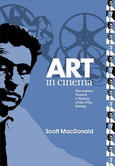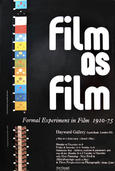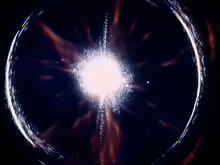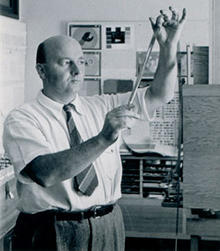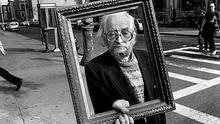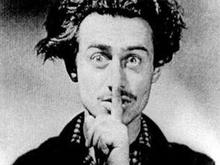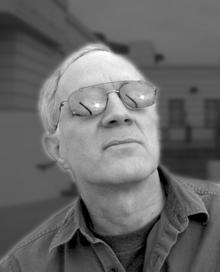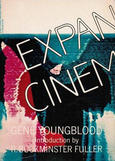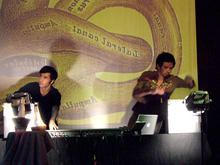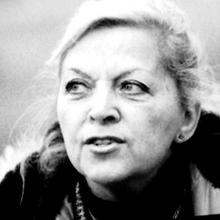Jordan Belson
(1926-2011) was an American artist and filmmaker who created abstract films richly woven with cosmological imagery, exploring consciousness, transcendence, and the nature of light itself.
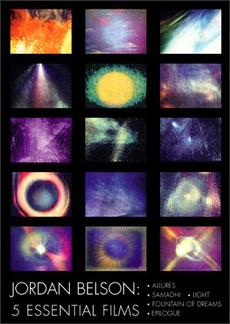
Born in Chicago in 1926, Belson studied painting at the California School of Fine Art (now San Francisco Art Institute), and received his B.A., Fine Arts (1946) from The University of California, Berkeley. He saw films by Oskar Fischinger, Norman McLaren and Hans Richter at the historic Art in Cinema screening series in San Francisco in the late 1940s, and later, films by John [Whitney, Sr.] and James Whitney. Belson was inspired to make films with scroll paintings and traditional animation techniques, calling his first films cinematic paintings.
Curator Hilla Rebay at The Museum of Non-Objective Painting exhibited his paintings, and upon Fischinger's recommendation awarded Belson several grants. From 1957-1959, Belson was Visual Director for The Vortex Concerts at San Francisco's Morrison Planetarium, a series of electronic music concerts accompanied by visual projections. Composer Henry Jacobs curated the music while Belson created visual illusions with multiple projection devices, combining planetarium effects with patterns and abstract film footage. His Vortex work inspired his abandoning traditional animation methods to work with projected light. He completed Allures (1961), Re-entry (1964), Phenomena (1965), Samadhi (1967), and continued with a series of abstract films. His varied influences include yoga, Eastern philosophies and mysticism, astronomy, Romantic classical music, alchemy, Jung, non-objective art, mandalas and many more.
Belson has produced an extraordinary body of over 30 abstract films, sometimes called cosmic cinema, also considered to be Visual Music. He produced ethereal special effects for the film The Right Stuff (1983), and continues making fine art and films today, completing Epilogue in 2005.
("Jordan Belson – Biography" by Cindy Keefer, 2008, published in "The Third Mind; American Artists Contemplate Asia, 1860-1989". Alexandra Monroe, Ed. New York: Solomon R. Guggenheim Museum, 2009. Exhibition catalog. Published version contains edits made by Guggenheim. © Solomon R. Guggenheim Museum)
Source: Center for Visual Music
Part avant-garde animator, part optical alchemist, part mystic, part psychologist of perception, Mr. Belson made more than 30 short films between the late 1940s and 2005, all of which defy ready classification.
Wordless, they employ moving, abstract images of mercurial fluidity painstakingly choreographed to music. As they slowly change size, form, color and direction, the images rivet the eye.
Mr. Belson’s work, which has been shown at the Tate Modern in London, the San Francisco Museum of Modern Art and other major museums, was often called nonobjective cinema, a term used to describe movies that dispense with representation and immerse the viewer in a meditative world of pure unspooling form.
His films have also been called painterly and — with their present-at-the-creation intimations of organic and molecular forms, solar flares and shifting planetary bodies — cosmological. Both words are apt: Mr. Belson was trained as a painter and early in his career designed planetarium light shows.
He was, at bottom, an illuminator, relentlessly exploring viewers’ perception of the play of light on the screen. His films have a haunting, evanescent beauty: seeing them is like watching patterns formed by floating watercolors or clouds of ink.
("Jordan Belson, Experimental Filmmaker, Dies at 85" by Margalit Fox. Published: September 10, 2011)
Source: The New York Times
